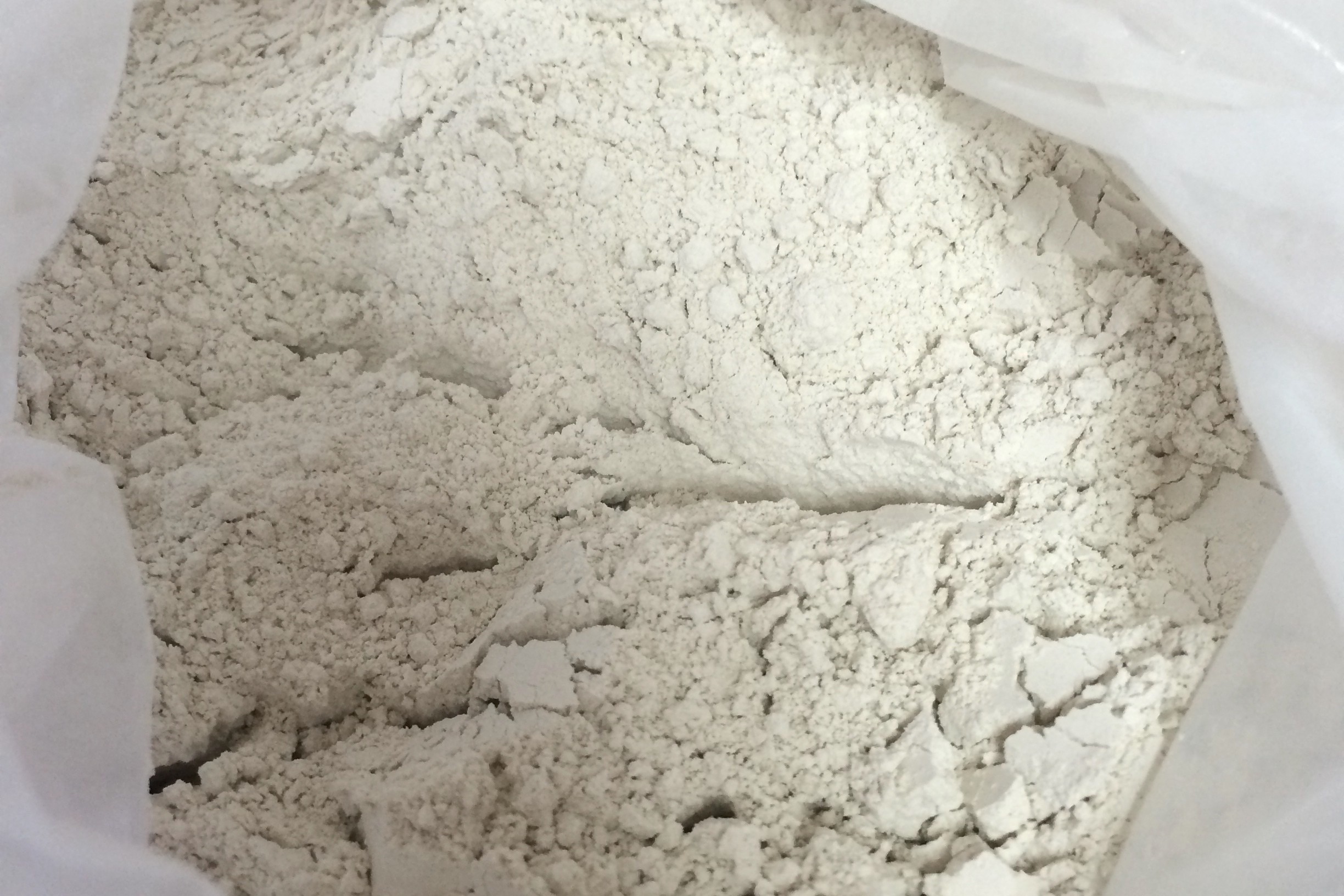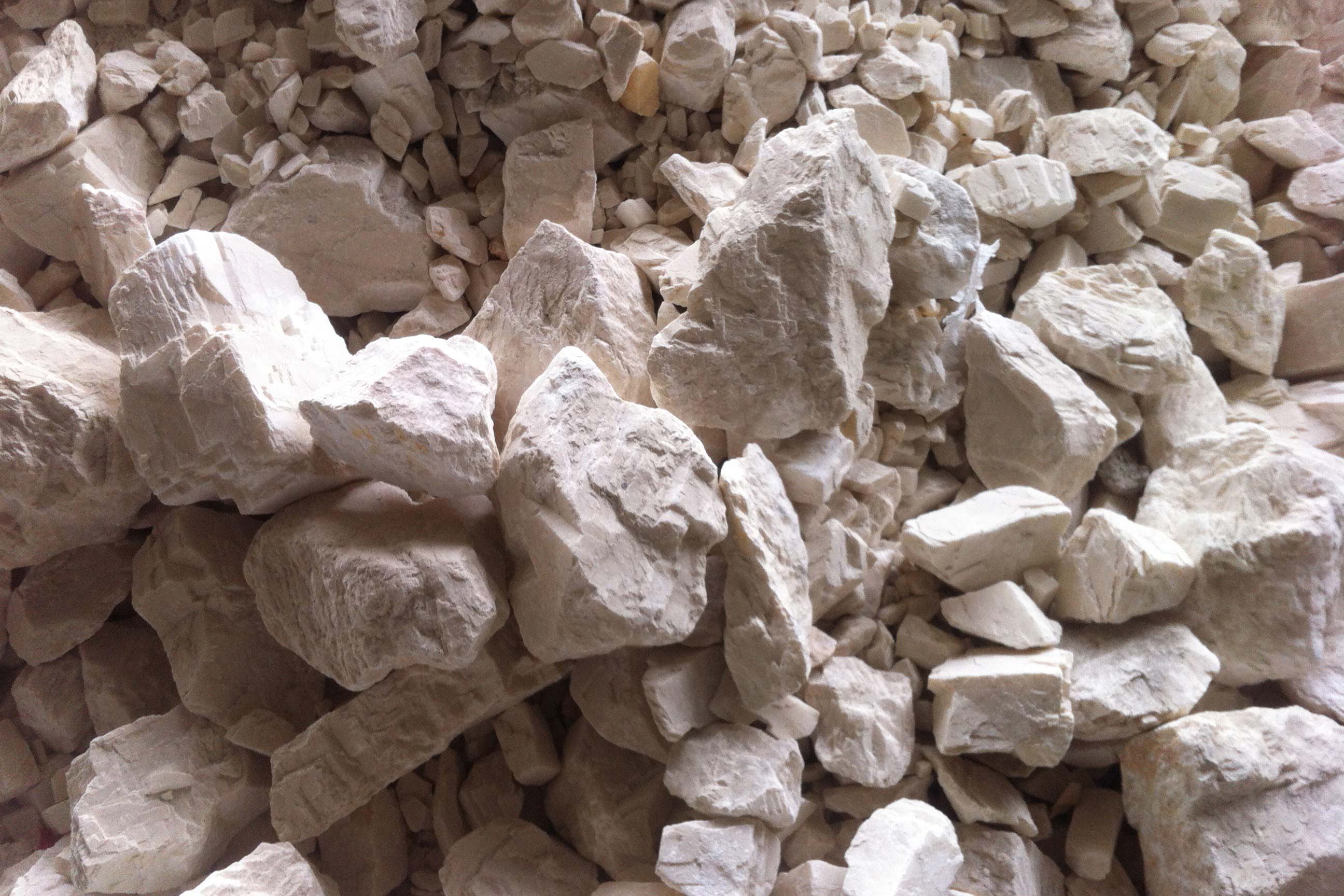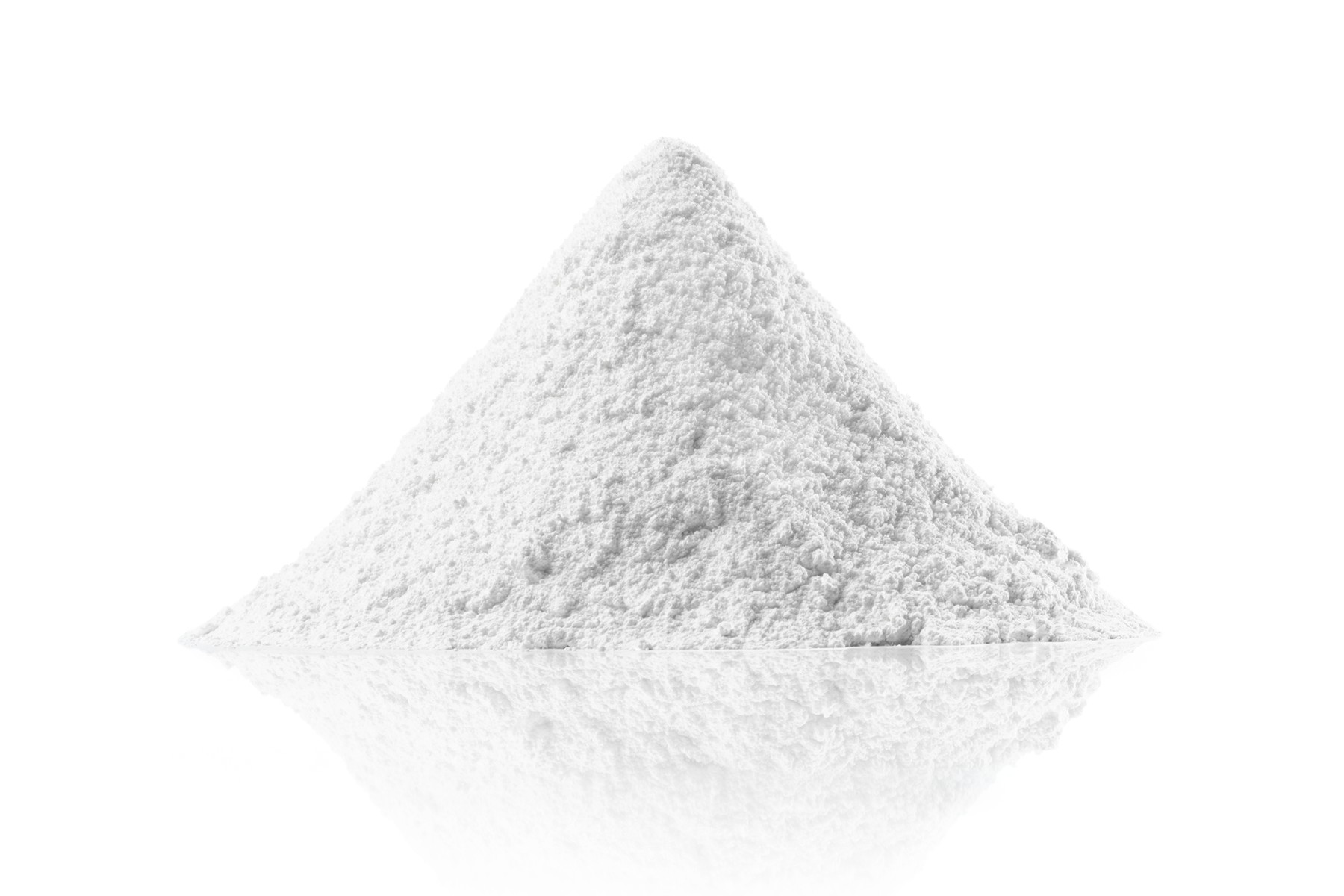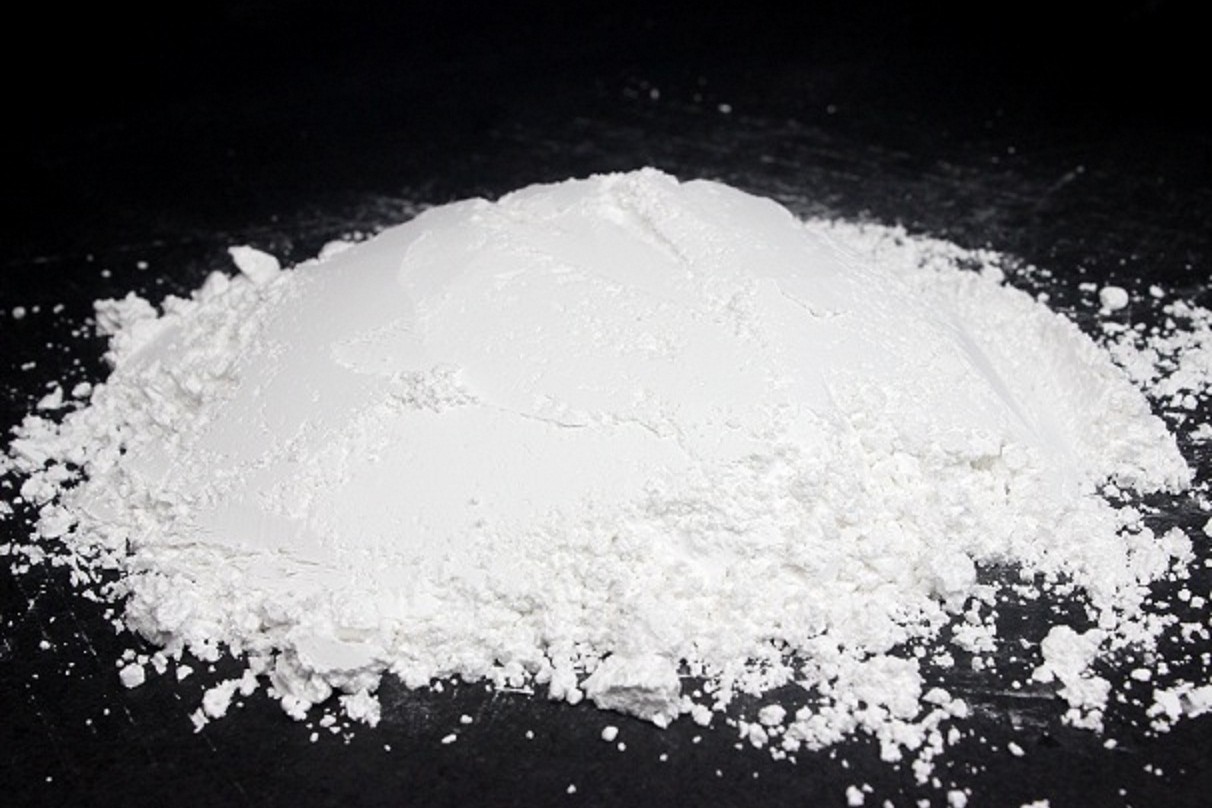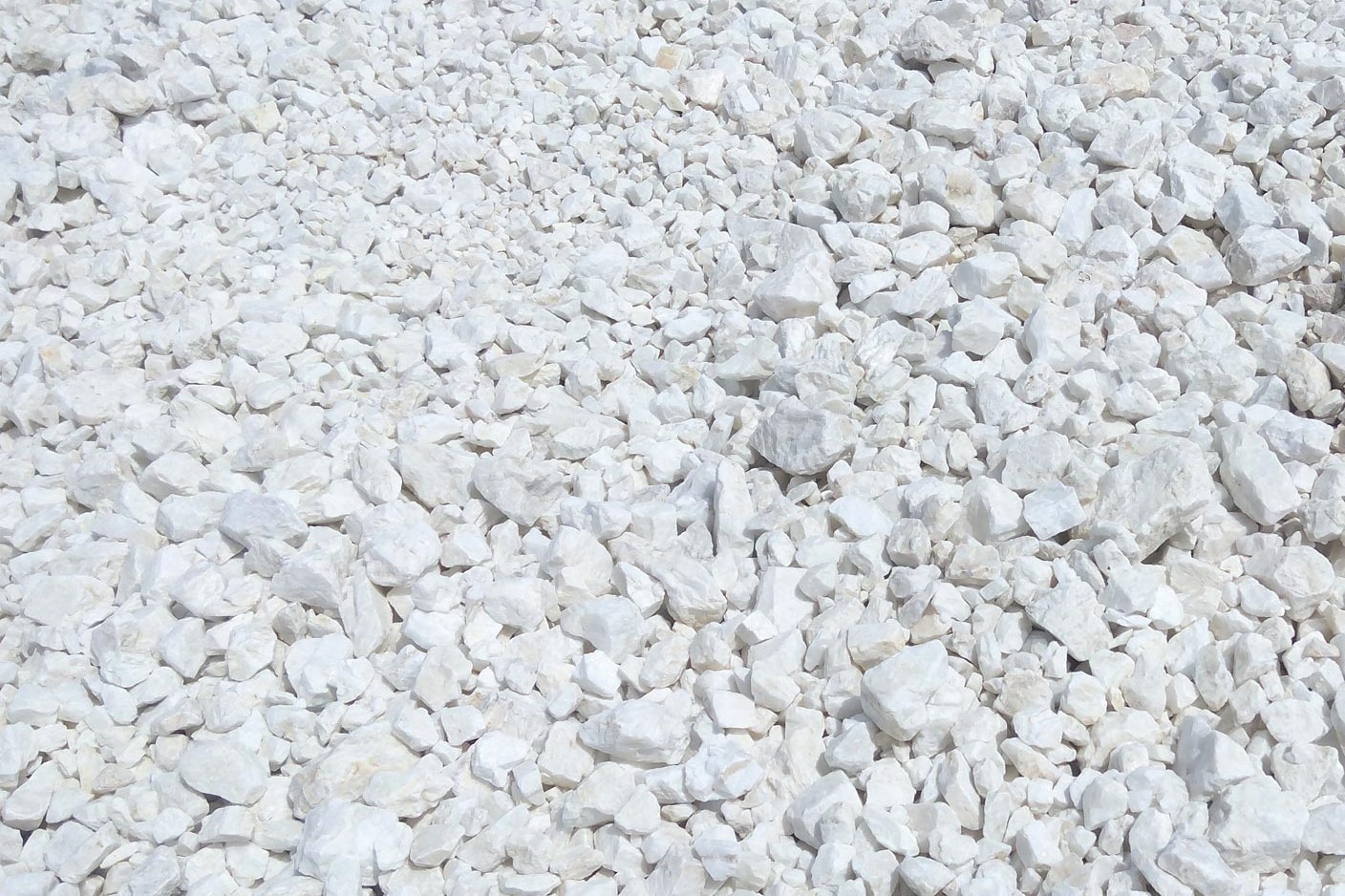Global Barite Agency
We market and supply API barite powder, Drilling grade barite ore, Chemical grade barite ore, precipitated barium sulphate and paint grade barite to a worldwide customer base.
Mineralogy & Formation
Barite is a mineral composed of barium sulfate (BaSO4) and derives its name from the Greek word ‘barys', meaning "heavy.” This name is in response to barite's high specific gravity of 4.5, which is exceptional for a nonmetallic mineral.
Barite is typically white/grey in appearance but can vary from yellow, brown, red, and even black due to impurities. Barite’s Mohs hardness is 3.0 to 3.5, making it a relatively soft mineral. It is chemically inert and insoluble, which along with its high density, lends itself to a variety of applications. Typical chemical composition: BaO 65.7%; SO3 34.3%.
Barite is formed through a number of processes including hydrothermal, biogenic, and evaporation, and occurs in veins, stratiform beds in addition to residual deposits. Vein and residual deposits are of hydrothermal origin, while bedded deposits are sedimentary. The most important stratiform deposits are those formed by the precipitation of barite at or near the seafloor of sedimentary basins. The brines are generated by migration of reduced, saline fluids and are concentrated by major basin-controlling faults. They are often associated with base metal sulphides (mainly zinc-lead).
Vein-style deposits form by precipitation from hot barium-enriched fluids in faults and fractures as a result of fluid mixing or reduced pressure and/or temperature. Residual deposits are formed by the dissolution of the host rock of vein or bedded deposits, leaving irregular masses of barytes in a clay matrix. Such deposits are extremely variable in size and shape, but can extend over several kilometres
Barite Applications
Barite is utilised primarily for its high specific gravity (SG 4.5) in addition to its chemical and physical inertness, relative softness and very low solubility.

Oil and Gas Industry
The vast majority of barite (an estimated 80%) is used in the oil and gas industry as a weighting agent in drilling fluids on account of it’s high density.
The drilling fluid performs three primary functions: to pressurise the oil well; to cool the temperature of the drill bit; and to suspend the cuttings produced by the drill, which are then carried up to the surface.
The most common grades of barite used in the oil and gas industry are set by the American Petroleum Institute. These are 4.2g/cm3 and 4.1g/cm3.

Medical and Construction
Medical: A high-purity form of barite is used in the gastrointestinal tract where its high density prevents x-ray penetration, and thus is visible on an x-ray. The outline of the gastrointestinal tract thus becomes visible allowing the determination of normal and abnormal anatomy.
Construction: Barite can be used as aggregates in high density cement. It is also mixed with cement to make special containers used to store radioactive materials.

Paints and Plastics
Paints and Plastics: Barite is used as a pigment in paints to control the viscosity as well as add brightness. It is also used as a weighted filler in paper, cloth and rubber production.
Automotive Industry: A more recent application of barite is in the production of brake pads and clutches for cars.
Facts & Figures
Global Reserves
740m tonnes
The world’s barite resources in all categories stand at approximately 2 billion tons, with identified resources of 740 million tonnes.
Global Production
8m tonnes
An estimated 8 million MT of barite is mined globally each year. China accounts for approximately 40% of this production, followed by India (20%) and Morocco (13%). The U.S., Mexico, Turkey and Iran are also producers.
U.S. Consumption
2.6m tonnes
The U.S. is the largest consumer of barite and used 2.6 million MT in 2017. China and Saudi Arabia are the next largest consumers, using approximately 1.6 million MT and 1 million MT respectively.
Largest Mine
50m tonnes
India is home to the world’s largest single deposit of barite ore, the state-owned Mangampet Mine, with estimated remaining reserves of 50 million MT.
